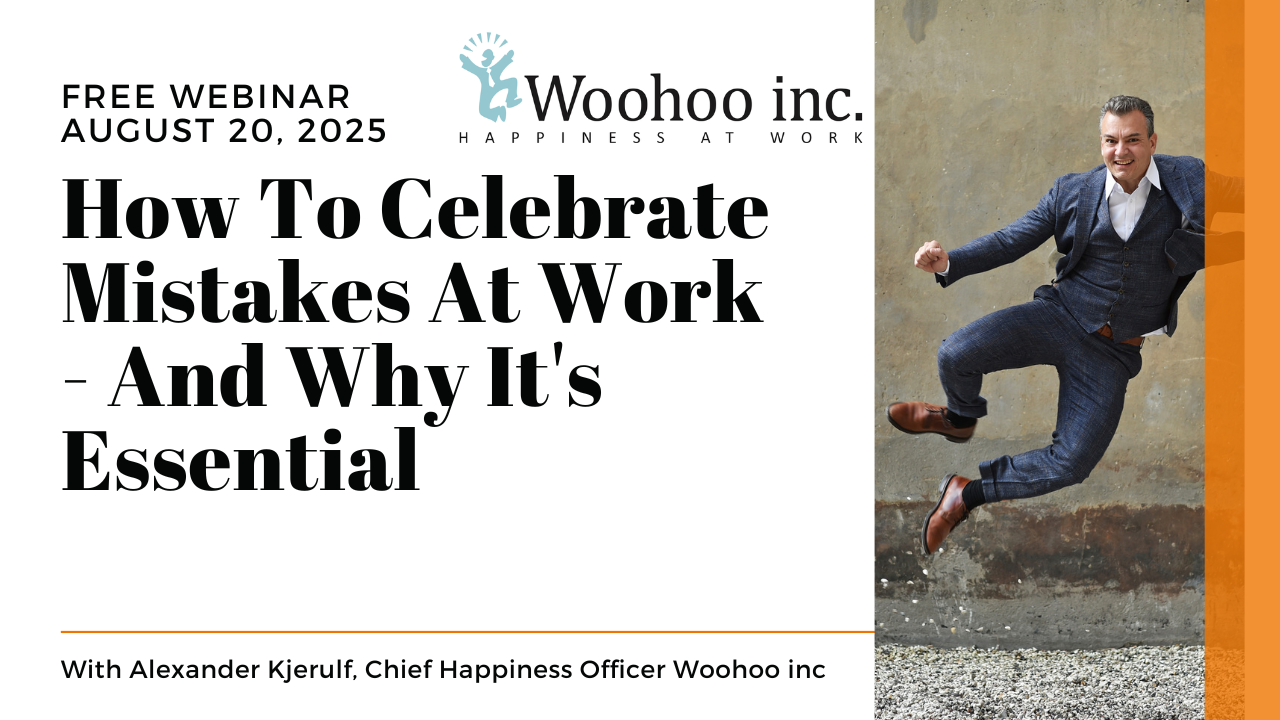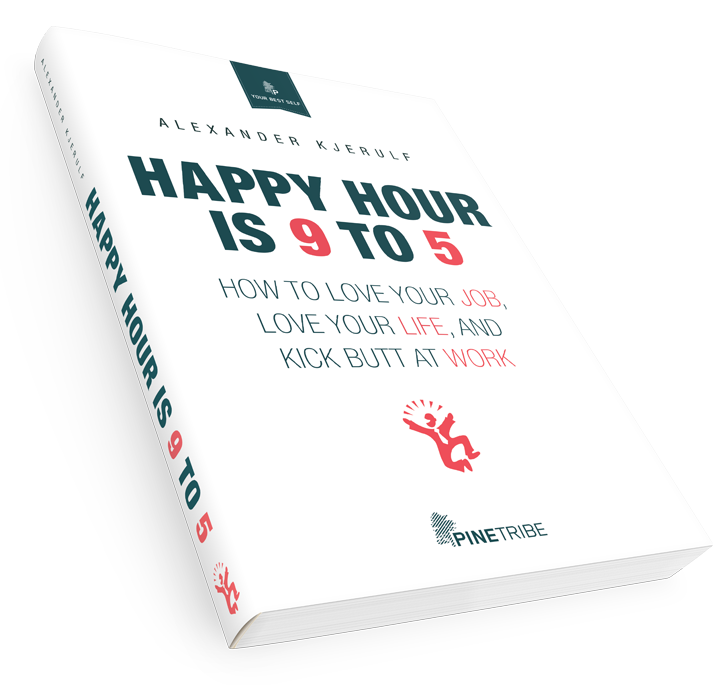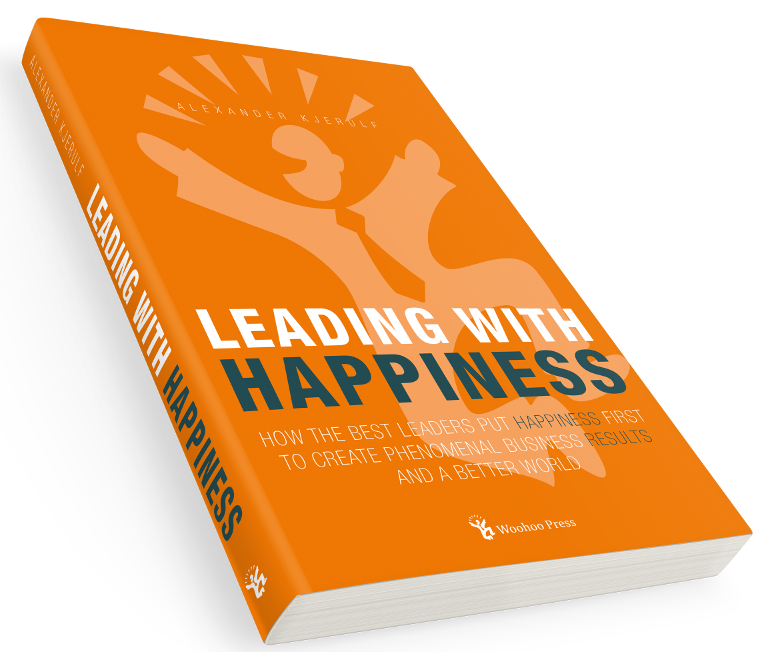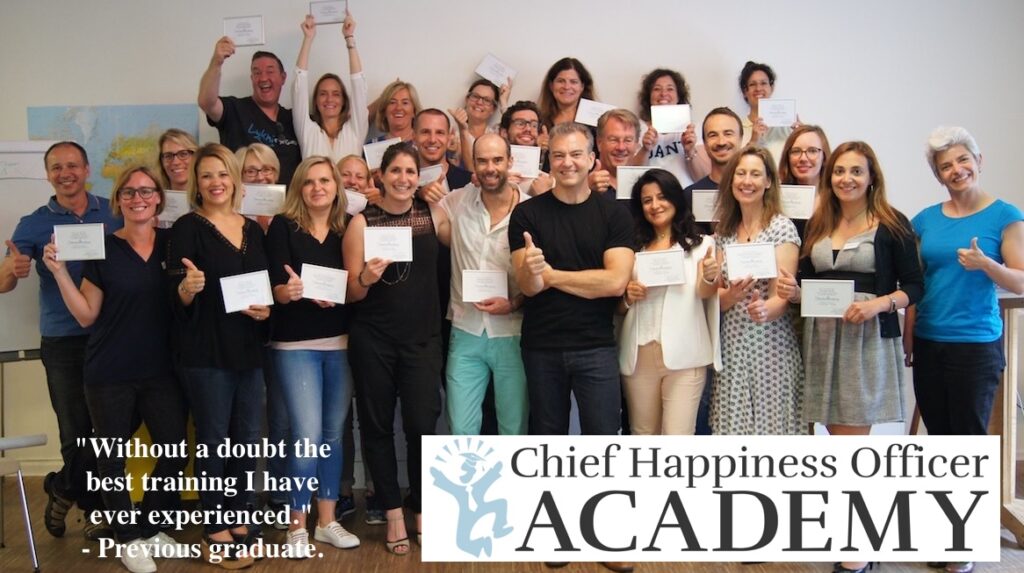A kaospilot student told me about the slow city movement. As soon as I heard the term “slow city” I knew what it meant, and my first thought was “I wanna live there”.
Of course, my second thought was “Naaah, what I really want is to live in a slow neighbourhood in a fast city, so I can have the best of both worlds.” A slow place to live with speed bumps in the streets so people drive slow. Lots of nature, little noise, no McDonalds’ or 7-11s, nice little caf?s that’ll serve you a good cup of coffee and neighbours you can actually talk to. And then a few blocks away, all the trappings of the fast city.
According to the website, Slow Cities are cities which:
1- implement an environmental policy designed to maintain and develop the characteristics of their surrounding area and urban fabric, placing the onus on recovery and reuse techniques
2- implement an infrastructural policy which is functional for the improvement, not the occupation, of the land
3- promote the use of technologies to improve the quality of the environment and the urban fabric
4- encourage the production and use of foodstuffs produced using natural, eco-compatible techniques, excluding transgenic products, and setting up, where necessary, presidia to safeguard and develop typical products currently in difficulty, in close collaboration with the Slow Food Ark project and wine and food Presidia
5- safeguard autocthonous production, rooted in culture and tradition, which contributes to the typification of an area, maintaining its modes and mores and promoting preferential occasions and spaces for direct contacts between consumers and quality producers and purveyors
6- promote the quality of hospitality as a real bond with the local community and its specific features, removing the physical and cultural obstacles which may jeopardize the complete, widespread use of a city’s resources
7- promote awareness among all citizens, and not only among inside operators, that they live in a Slow City, with special attention to the of young people and schools through the systematic introduction of taste education.
More and more cities around the world are joining the movement and becoming certifiied slow cities, and I think this is an excellent development, and a nice balance to the increasing speed in many other aspects of todays global culture. Rock on – slowly!





